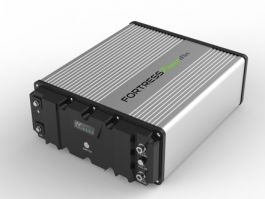realpinochet
Make Stuff In America Again!
- Joined
- Jul 4, 2022
- Messages
- 578
Greetings, Just joined and first post. I've been looking into solar now for a few months and watching will and others on youtube ...got me here. I don't have anything yet so this would be a fresh start. My objective is the following: We're trying to move out more rural shortly and the way the world is going and all the uncertainty I'd like to do my best to protect our critical resources as a first priority and grow the system as funds permit. To me critical loads would be the deep freezers and fridge and well pump with a few led lights. I'd like to build it with enough overhead that we can charge phones, laptop ..make a pot of coffee at least when the sun is assisting. I learned my lesson when we went without power for over a week last year. As I stated ...I'm very concerned with how chaotic things are and broken supply chains etc. My first question into this journey would be reliability. For you guys that have years of experience with solar and maybe you rural / off grid guys what is considered extremely reliable in terms / context of all in one systems or designing a system that has the parts separate? If you was to pick a system just for running critical loads which way would you lean? I've been looking at the growatt / eg4 / mpp etc and they look to make things super easy..but I'm concerned as I've also seen youtube videos where people have the mother board or other part going out and having to send it in and wait. I know all things can fail but are the systems where you separate all those things out more reliable? I also want a system / brand that has a very good reputation with being reliable. Victron / outback / schneider? I don't plan on being off grid, at least on purpose..lol, so most likely this would be a backup to the grid and help reduce grid consumption like running in "SBU" mode. So, to sum things up ...if you guys were building a system today with about a 4/5K budget for just running critical loads what would you pick? Not sure if it matters at this point until I figure out a path forward regarding capacity etc... but I'll throw it out there. We'd most likely be powering 4 deep freezers and two standard fridges along with a well pump.




